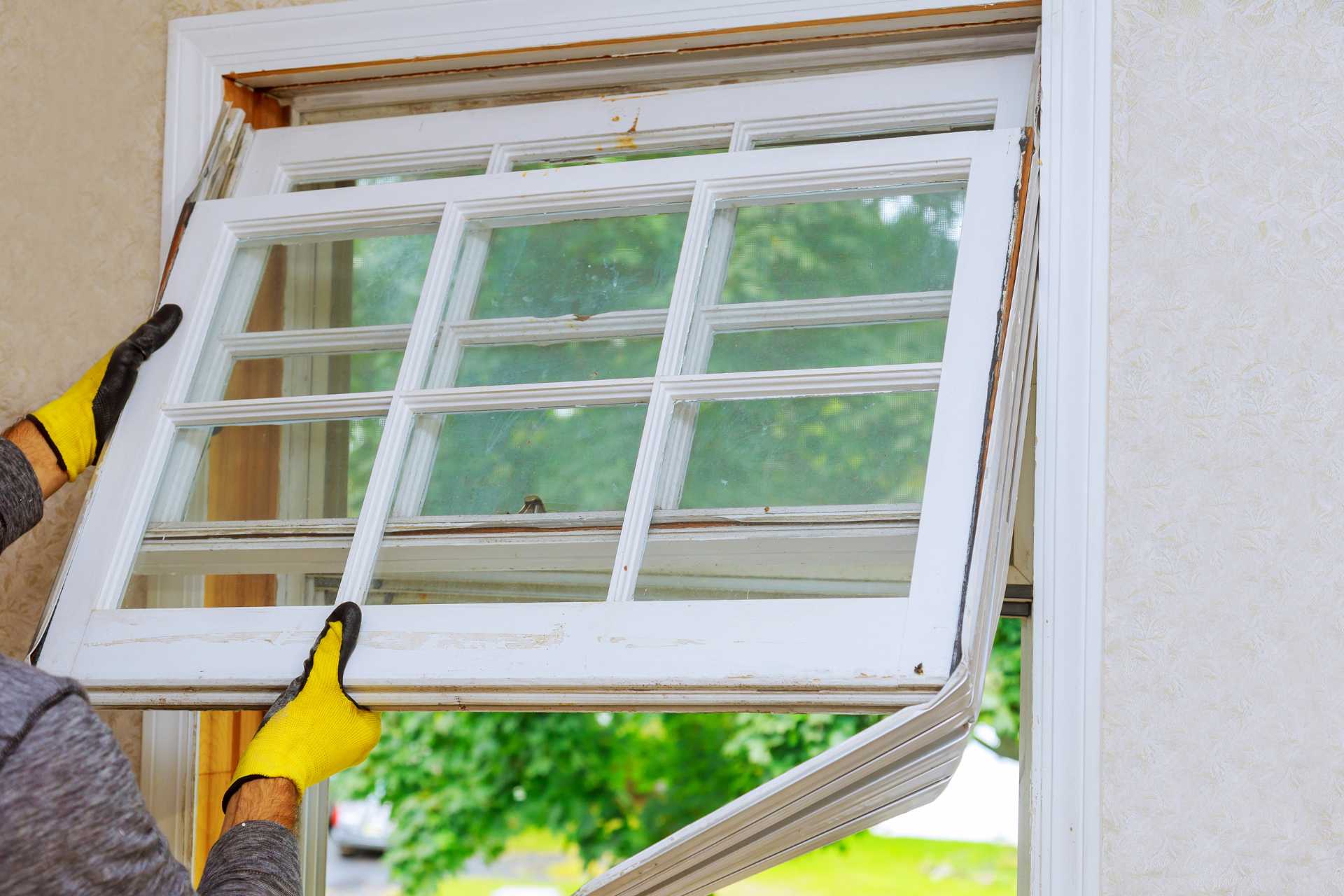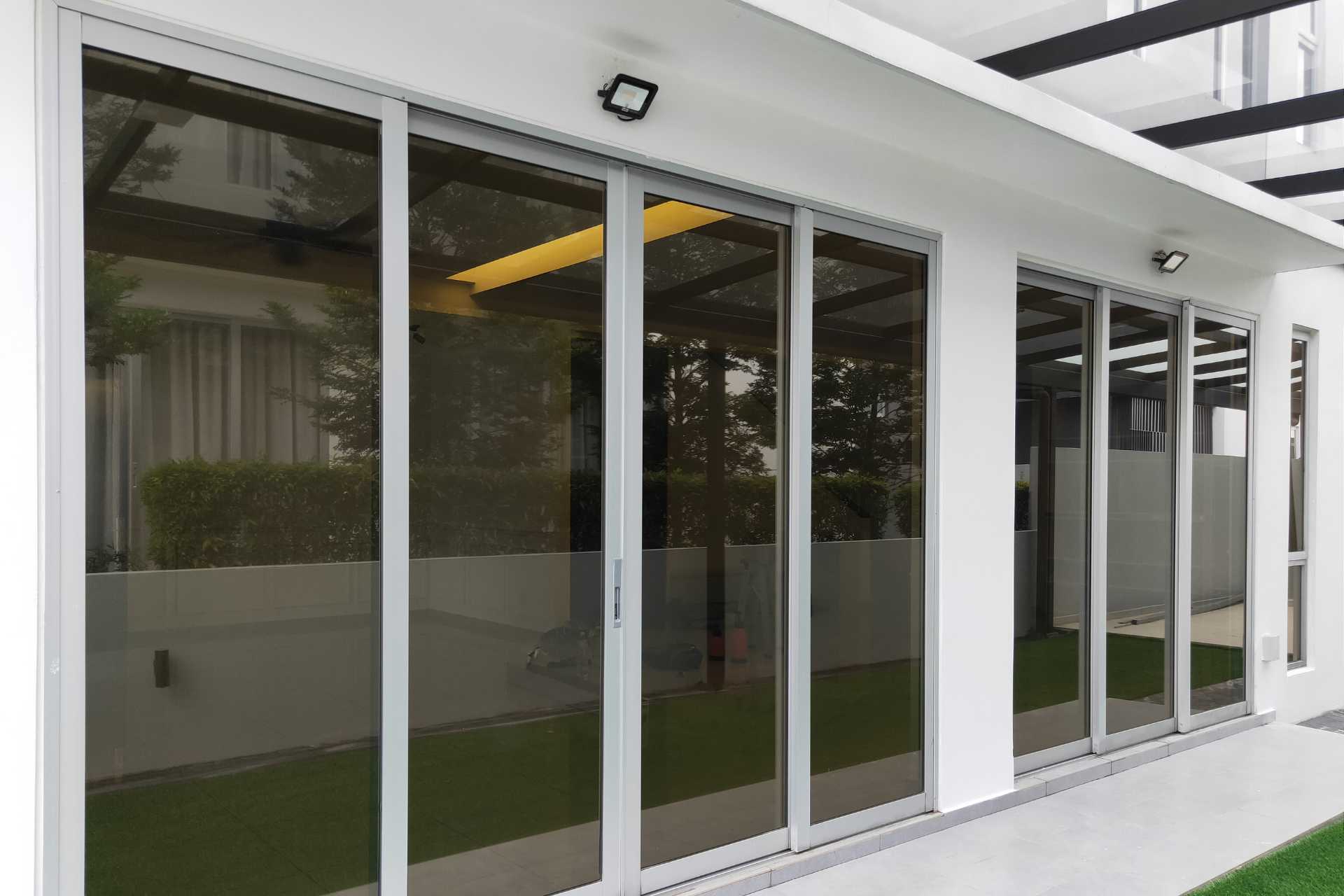Awning windows and casement windows share several similarities. Both types of windows are hinged and open outward, providing excellent ventilation and airflow when opened. They also offer versatility in terms of design and functionality, making them suitable for various architectural styles and room types. Homeowners typically choose between awning windows and casement windows based on their specific needs and preferences. Here are differences of awning windows and casement windows:
Orientation
Awning windows have hinges at the top and open outward from the bottom. This design allows the window to be open even during light rain, as the outward slope prevents water from entering. Due to their orientation, awning windows are best suited for areas where ventilation is needed, but protection from rain is also important, such as bathrooms, kitchens, or locations with a lot of moisture. On the other hand, casement windows have hinges on the side and open outward from one side, like a door swinging open. They provide a wider opening compared to awning windows, allowing for better ventilation. This makes them great for rooms where maximum ventilation is desired, like living rooms, bedrooms, or home offices.
Operation
Awning windows are typically operated using a crank mechanism located at the bottom. Turning the crank opens the window outward from the top, like how an awning unfolds. This allows awning windows to be opened and closed easily, allowing for ventilation even in rainy weather. Similarly, casement windows are also operated by a crank mechanism. However, the mechanism is usually positioned on the side of casement windows. When the crank is turned, the window swings outward from one side like a door.
Aesthetics
Awning windows often provide a modern and sleek appearance due to their unique design of opening outward from the top. This style of windows can contribute to a contemporary or minimalist aesthetic, especially when paired with clean lines and simple framing. Their compact size and unobtrusive profile make them suitable for various architectural styles, including modern homes, beach houses, and cabins. On the other hand, casement windows offer a timeless and classic look, characterized by their side-hinged design that swings outward like a door. Casement windows can complement a wide range of architectural styles, including traditional, colonial, Craftsman, and Tudor homes, depending on their framing, detailing, and materials. This style of windows can add character and charm to a home’s façade, particularly when combined with divided lite grids or decorative hardware.
Functionality
Designed to open outward from the top, awning windows provide excellent ventilation while offering protection from light rain. Awning windows are ideal for maintaining airflow in areas where privacy is a concern, such as bathrooms or bedrooms, as they can be placed higher on the wall. Awning windows are also ideal for rooms with limited space or lower ceilings, as their upward-opening design does not protrude far when open. Unlike awning windows, casement windows open outward from the side. Casement windows offer maximum ventilation and unobstructed views when fully opened, making them suitable for rooms where airflow and natural light are designed. Casement windows are versatile and can capture breezes from multiple directions, making them a great choice for rooms that require efficient ventilation.
Windows significantly impact the overall aesthetics of your home and selecting the most suitable style can enhance curb appeal. Both awning and casement windows offer unique advantages and can be selected based on your individual needs and preferred style. Awning windows are usually favoured for their ability to provide ventilation while offering protection from light rain while casement windows are valued for their maximum ventilation, unobstructed views, and versatile design. The decision between awning and casement windows for a new construction or window replacement project often hinges on aesthetics, functionality, specific room requirements, and climate considerations.





